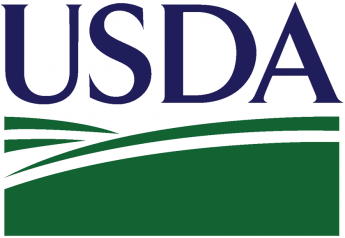Allendale Survey Shows Increase in Corn and Soybean Acres for 2023 but Also Some Surprises
Acreage Report 031623
USDA will release its estimates on farmers planting intensions at the end of March. Ahead of that, commodity firm Allendale has released its own acreage projections. Allendale’s estimates are based on an annual nationwide survey they conduct with farmer clients from February 27 to March 11 and covers 24 states. The results indicate an increase in total principal acres versus 2022 and an increase in every category except durum and spring wheat. Cotton was not included.
Allendale's 2023 corn acreage survey results indicate farmers intend to plant 90.42 million acres, which is up over 1.8 million acres from 2022. However, this is close to USDA's 91 million acres released during the Ag Outlook Forum and above what Allendale officials expected.
Rich Nelson, chief strategist with Allendale, says: “Obviously with our recent rally, or should I say decline in December corn, it has changed the new soybean verses corn ratio a bit. In addition, there's still some questions about profitability on corn, especially when profits right now are right at break even for new crop bids, which we expect to maybe curtail aggressive corn planting intentions.”
Soybean acreage is pegged at 87.77 million, up 318,000 from 2022 and the third highest planting ever. This was also a surprise and below expectation as Nelson says they looked for a much bigger increase in acres.
“We still have plenty of acres available for this year from preventive plant as well as lower numbers out of cotton," Nelson says. "So, the question is who actually gets this distribution of extra acres? Certainly, with profitability being a little better on soybeans for many producers, we expected maybe something in that 1.0, 1.5 million, maybe 2-million-acre higher level.”
The all-wheat estimate is up nearly 3 million acres at 48.71 million, and the highest in seven years, but below USDA estimate. Winter wheat is up 3.25 million acres, offset by durum, which is down 57,000 acres, and other spring wheat is also down 228,000 acres.
Allendale used USDA’s percent harvested and trend yield estimates to come up with implied corn production of just under 15 billion bushels, which is 1.3 billion more than 2022 and the third largest on record. Soybean production is estimated at 4.52 billion, which would be a record and 246 million bushels over last year. Wheat production is pegged at 1.86 billion, 205 million more than last year. Without a major weather issue, it looks like U.S. crop production will see a rebound in 2023.







